Simon Institute joins ANSI, initiates SDO process
 The education facilities industry is on track to manage about one-third of the total cost of ownership of its facilities with the entry of one of its major supplier advocates into the American national standards process. The Simon Institute (SI) — the non-profit choice for the custodial, janitorial and housekeeping
The education facilities industry is on track to manage about one-third of the total cost of ownership of its facilities with the entry of one of its major supplier advocates into the American national standards process. The Simon Institute (SI) — the non-profit choice for the custodial, janitorial and housekeeping
industry in the US — recently became a member of the American National Standards Institute during World Standards Week in Washington D.C. October 22-23, 2013.
World Standards Week is an annual gathering of US standards developers from all business sectors of the US economy to develop policy and strategy for adapting to the changing world economies by hastening innovation through technical standards development. From this process a national standard for custodial services in
the education industry will emerge from a consensus process that will make a leading practice document suitable for adoption into public law. The word “consensus” is important since it represents a common viewpoint of those parties concerned with its provisions, namely producers, users, consumers and general interest groups
On November 1st SI initiated the process to become a registered standards developing organization (SDO). SDO’s provide the following benefits for any industry, in any country:
- SDOs provide a forum for collective decision-making and an alternative to standardization through market competition or government regulation.
- SDOs identify promising solutions and play an important role in promoting their adoption and diffusion.
- SDOs support lower prices offered by producers who are able to realize economies of scale in a global market.
- SDOs provide the technical means by which political trade agreements are put in place when divergent national or regional standards create technical barriers to trade.
- SDO’s level the playing field for building industry suppliers and service providers so that resources are available from multiple sources.
- SDO’s provide public safety benchmarks for front line enforcement authorities.
The entry of the Simon Institute into the ANSI process follows the trajectory of a 16-year University of Michigan-led national strategy to manage infrastructure costs of the $300 billion US education facilities industry through the American national standards process. Of this $300 billion — which includes large university-affiliated hospitals — about $75 billion is spent on cleaning — 90 percent of that cost; labor.
The objective of this is to put in place a permanent and enduring structure for continual leading practice development that will net TCO by $3 billion to $6 billion per year in an environment of rising risk,
complexity and regulatory conformity cost. In the long run, this process always results in more effective use of money, management of worker risk, and a hygienically safer built environment.
There is a subtle reciprocity between innovation and standardization. Standards stimulate the innovation of products, services and systems just as innovation drives the need for standardization. In some cases, a standard fosters innovation by establishing a baseline for design and performance that will satisfy user requirements.
The Simon Institute is the continuation of an organization founded in 2002 by The Boeing Company to identify, benchmark and incorporate best practices in facility custodial operations. The driving force of the original meeting was The Boeing Company’s initiative to qualify for the Malcolm Baldrige Quality Award. Several world class organizations, all users of ManageMen’s Operating System One (OS1), were invited to meet with Boeing at the largest building in the world, the Everett Washington Boeing plant, to share or debate best practices in janitorial operations. At the conclusion of the symposium the group decided to continue meeting annually in a joint project to develop improved industry standards.
A well-conceived standard provides flexibility that suppliers or manufacturers can vary features, function, or price to establish their own niche in the marketplace. These variances can help to elevate user expectations of a product or service, thus raising the bar for future editions of the applicable standard. In other markets and technologies, innovation comes first. A single set of performance or design criteria are agreed upon and serve as the baseline for ongoing improvements.
A standard becomes the physical documentation of an agreed-upon solution that has already been time-tested and proven.
The next steps are as follows:
1. Public announcement of Simon Institute ANSI membership (this announcement)
2. Development of By-Laws and Consensus procedure
3. Establish technical committees
4. Write the standard
5. Release for first public review
6. Revise in response to public comments and re-post for 2nd public review
7. Revise in response to public comments in 2nd public review
8. Formally adopt the standard and announce its release in the ANSI Standards Action publication that is made available weekly to the public.
9. Promote adoption and support with conformity and accreditation programs.
Depending upon the process preferred by the Simon Institute, the foregoing process may be modified.
The most surprising standard of all may not ever be written but may always lie in the public eye. Our industry is engaged in policy initiatives that require us to confront the cost of value-delivery that is very expensive relative to available resources. All levels of government are under pressure to use intergovernmental collaboration to spread the cost of managing educational facilities across wider tax bases; capitalizing economies of scale or economies of skill inherent in some services. Our industry must hasten its effort to write its own rules, or we will have them written for us.
